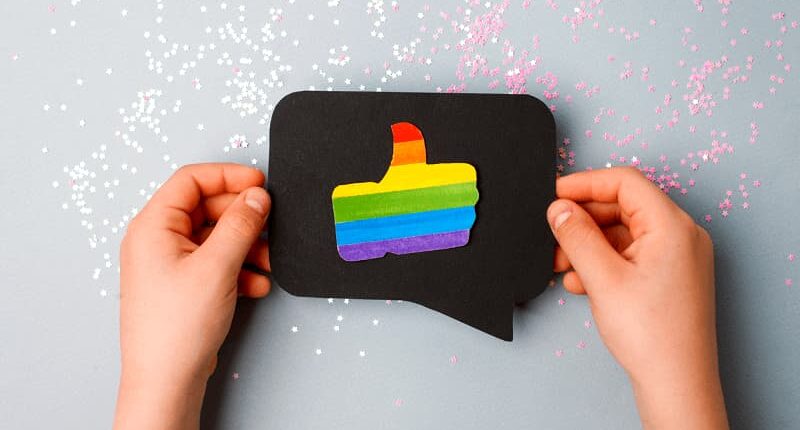Introduction to Technology’s Role in Advocacy
In recent years, technology has become a crucial tool in the fight for LGBT equality. The digital age has ushered in new platforms and tools that empower the LGBT community by providing avenues for visibility, activism, and support. These technological advancements have revolutionized the landscape of advocacy, making it more accessible and impactful than ever before.
From social media networks to innovative mobile applications, technology has enabled the LGBT community to connect, share stories, and mobilize efforts on a global scale. This article explores how these various technological advancements are promoting LGBT rights and equality, highlighting their transformative potential and the new opportunities they present for advocacy.
Social Media as a Platform for Visibility and Activism
Social media has revolutionized the way LGBT individuals and allies can advocate for equality. Platforms like Twitter, Instagram, and Facebook have become powerful tools for raising awareness, sharing personal stories, and mobilizing communities. These platforms offer a space where voices that might otherwise go unheard can be amplified, reaching a global audience and fostering a sense of solidarity.
Successful campaigns like #LoveWins and Transgender Day of Visibility have significantly shaped public opinion and policy. By providing real-time engagement and interaction, social media allows activists to respond quickly to events, spread important information, and organize movements. The ability to create and share content instantly has made it easier to rally support and bring attention to critical issues affecting the LGBT community.
Mobile Apps and Resources for the LGBT Community
Mobile apps have become essential in providing safe spaces and resources for LGBT individuals. Apps like Grindr, which initially started as a dating app, now offer features for health and safety, such as HIV testing reminders and support resources. These additions have transformed Grindr into a comprehensive platform that addresses various needs within the community.
Similarly, Tinder has introduced options for gender diversity, making the app more inclusive and welcoming for all users. Beyond dating, numerous apps provide legal advice, health resources, and connections to LGBT-friendly services. These apps help users navigate their daily lives with greater ease and confidence, ensuring they have access to the support and information they need.
Virtual Reality and Augmented Reality: Experiencing the Life of Others
Virtual Reality (VR) and Augmented Reality (AR) are powerful tools for fostering empathy and understanding. VR experiences can simulate the life experiences of LGBT individuals, allowing users to step into their shoes and gain a deeper understanding of their challenges. For example, projects like “We Are Alfred” help users experience the life of an elderly LGBT person facing health issues, increasing sensitivity and awareness among healthcare providers and the general public.
These technologies can also be used for educational purposes, providing immersive experiences that highlight the struggles and triumphs of the LGBT community. By offering a new perspective, VR and AR can break down prejudices and build empathy, fostering a more inclusive and compassionate society.
Challenges and Future Prospects
While technology offers many benefits for LGBT advocacy, it also presents challenges. Privacy concerns and the potential misuse of personal information are significant issues that need to be addressed. The risk of cyberbullying and online harassment remains a concern, as these platforms can also be used to spread hate and discrimination.
Looking to the future, emerging technologies such as AI-driven analytics for monitoring hate speech and blockchain for transparent fundraising hold promise for further advancing LGBT equality. However, it is essential to approach these innovations with careful consideration of ethical implications. By addressing these challenges and leveraging new technologies responsibly, we can continue to make significant strides towards LGBT equality.
Conclusion
Technology has undoubtedly transformed the landscape of LGBT advocacy, providing new tools for visibility, support, and activism. As we continue to leverage these advancements, it is crucial to address the associated challenges and ensure that technology is used responsibly to promote equality. By embracing these tools and advocating for inclusive and innovative applications, we can continue to make significant strides towards LGBT equality.
